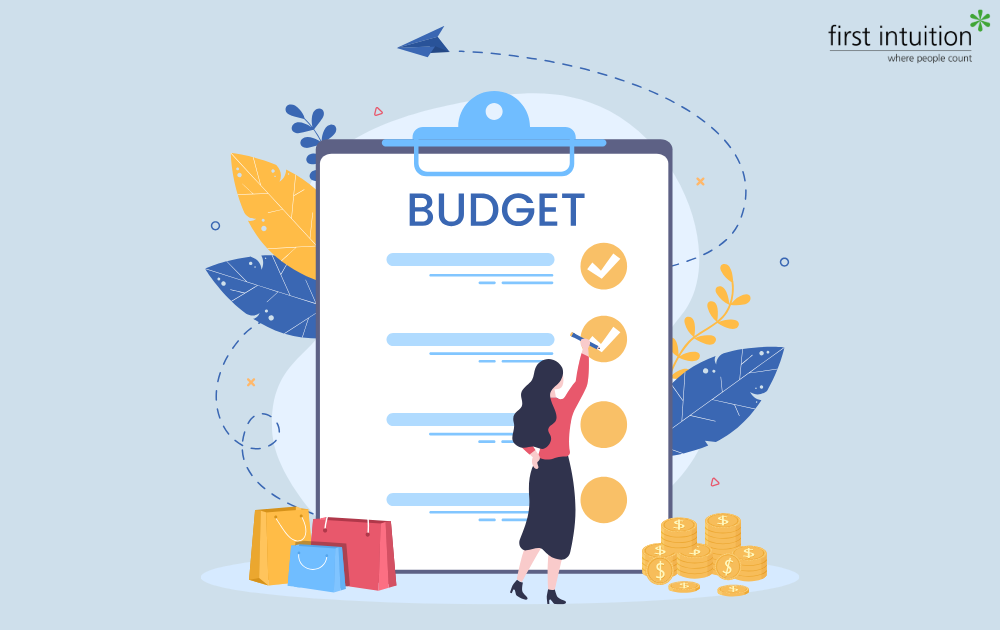The Need for Flexing the Budget
To allow us to fairly assess the performance of the business we will flex the budget to the actual level of production. Basically, this is recreating the original budget, using the same assumptions, but now you happen to know the actual level of production and can match the budget to this.
Example of Flexing a Budget
Let’s put some numbers to this, say we thought originally that we would make 8,000 units, but we have had a good year and actually sold 10,000 units. This means that we should expect costs to go up by 25%, which is based on the extra 2,000 units sold divided by the original budget of 8,000 units. If the material had been budgeted to be £20 per unit, the original budget for materials would have been £160,000. All things being equal if we produced 10,000 units we would expect the material cost to rise to £200,000. We can then compare this to the actual cost for materials to make a fair comparison. If we have spent more than £200,000 to produce 10,000 units we have a adverse variance, whereas if we have spent less than £200,000 we have a favourable variance. If we have a variance, we can then investigate why the variance has occurred. It is as important to investigate a favourable variance as it is to investigate an adverse variance as this might indicate problems in the future. For example, if you saved money by buying cheaper materials you might find that you have a lot of returns or warranty claims.
Importance of Cost Behaviour in Budget Flexing
When we are flexing a budget, we need to be conscious of cost behaviour, as if we double the number of units we sell it would be reasonable to expect the material costs to double as well. There are some costs that you would expect to stay at the same amount irrespective of the changes to production volume. Your landlord isnt going to put your rent bill up just because you sold more units. When we flex a budget we wouldn’t change rent, or any fixed costs, due to volume. The production volume would need to change so much that we would have to rent a larger factory for the rent to change.
Adjusting for Mixed Costs
There are other cost types we need to adjust for when flexing a budget. Some costs have a fixed element and also a variable element. An example of this might be electricity where you have to pay a standing charge that stays the same no matter how much electricity you use. There will also be a charge for the actual electricity used which will go up and down with production. When flexing the budget, we would flex the variable element of the electricity with volume, but we won’t change the fixed element.
Stepped Costs in Budget Flexing
We may need to also look at stepped costs, these are costs that stay at the same level until a certain point then the cost rises to a new level and starts at this new level. An example of stepped costs would be machinery hire. The machinery hire costs stay at the same level until we need to hire another machine. If we hire a machine for £10,000 which can produce 1,000 units, our costs will be £10,000 no matter if we produce 1 unit or 999 units. However, as soon as we need to produce 1,001 units we need to hire second machine, and so our machinery hire costs will now be £20,000 for the two machines. It will stay at £20,000 until we need to produce 3,001 units.
Flexing the Budget for Accurate Assessments
Flexing the budget allows us to make more meaningful decisions and make more informed choices going forward, but remember the golden rule that we don’t change any of our assumptions from when we created the budget other than we now know the production volume.
For help or advice on your studies, please get in touch with us today.
Did you know about our YouTube channel?
Register for our weekly student webinar.
For more news and exclusive tips from First Intuition, visit FI Hub.
